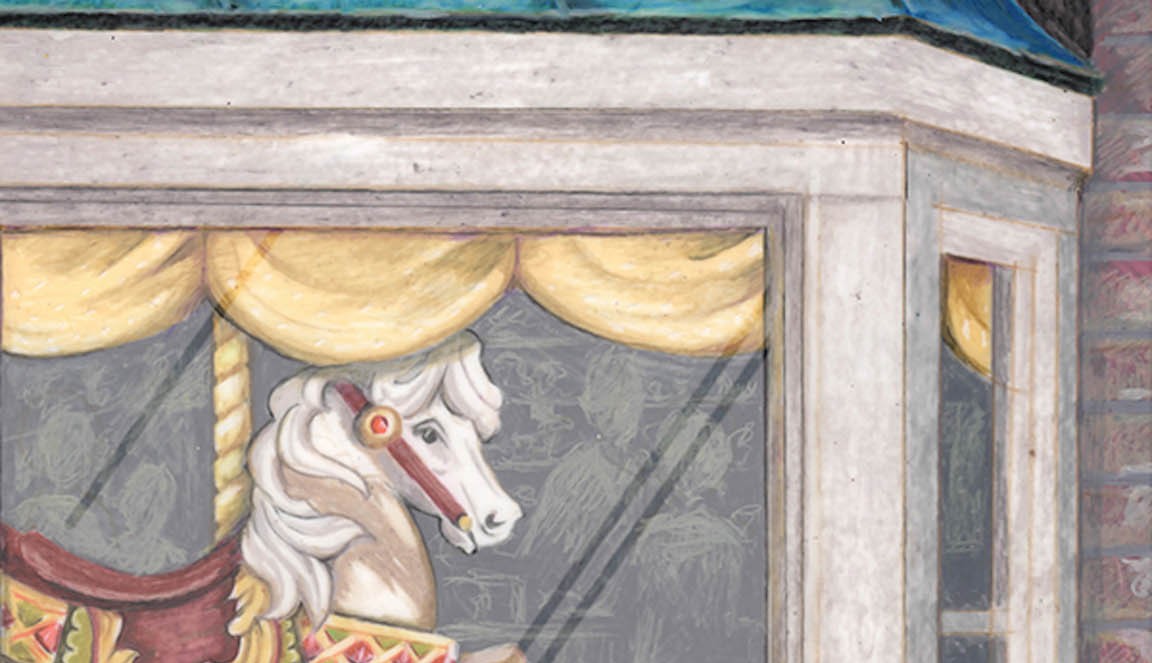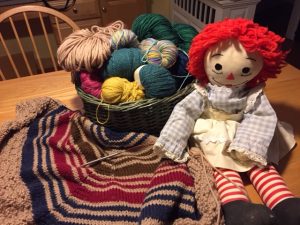
Knitting’s addictive and it’s soothing, and for a few minutes anyway, it makes me feel closer to my mother.” ― Anita Shreve, Light on Snow
I am knitting.
“Not writing?” You might well ask.
No, I’m knitting. Knitting, I have discovered, is very conducive to writing, which, for me, always happens after a lot of thinking. Knitting allows you to sit and think.
Here’s my dilemma. Maggie’s Girls has too many characters. Some have to go. Maybe they will show up in another book but now they have to leave this one. The problem is, I have become fond of them. So, I’m knitting and I’m thinking. Who should I kick out?
Thinking is one of the great benefits of knitting, second only to the fact that you can’t eat while doing it. Something you can do while writing. Unfortunately.
I have a friend who often refers to “my culture”. As in, “You know how in your culture…” Huh? I thought we were from the same culture. Obviously, from her perspective, we are not.
We have come through, more or less, months of nastiness, name-calling, finger-pointing, and shaming. Life-long friendships have been shattered and families polarized because it turns out that maybe we didn’t know each other as well as we thought. And those cracks continue to widen as we head into a new year.
Knitting my way through two small sweaters, ironically, one red and one blue, I have thought a lot about “my culture”. And where I do come from and, upon even further thought, how that culture formed the values I try to live my life by.
I learned to knit when I was ten. Here’s what I remember: bright pink yarn, cream-colored needles with black tops, and lots of holes that were not supposed to be there. I remember my mother, my beautiful, hardworking, talented and extremely frustrated mother, trying to teach me what to do with my hands, the needles and the yarn I kept tangling.
Here’s a snapshot of “my culture”. I am a blue-collar girl born in what was then considered to be a working-class suburb of Boston, two generations removed from Ireland, Italy and Switzerland. I was the second in my family to go to college, following my cousin to Salem State College in Salem, Massachusetts. My parents worked four jobs between them to pay for it.
My mother and father came of age in the heart of the Great Depression. Life was hard and nothing was taken for granted. They used and re-purposed – although it was not called that – everything and never missed a chance to earn a little extra money. For years my mother spent her evenings after working all day managing a bakery, making Raggedy Ann and Andy dolls – popular then – to earn some spare cash.
My grandmother was a dressmaker who carried her sewing box into the homes of wealthy Boston women in order to measure them and then make their clothes. My mother, too, was a talented seamstress tackling things liked bound buttonholes and French darts. I, on the other hand, was a disaster when it came to anything involving the needle arts.
Still, as was expected from girls of “my culture”, I slogged my way through it all: several ill-fitting skirts and dresses, one quilt, a hooked rug, a crewel picture and numerous knitting projects. None of the output was more than marginal. My head was always in the book I was reading or the story I was making up. My mother despaired, often taking whatever I was making a botch of from my hands to fix and then finish for me.
Maggie’s Girls is a story of mothers and daughters and of sisters – several groups of sisters. This should not come as a surprise as I write Women’s Fiction. The older women, the Hudson sisters: Honoria, Grace, Stasia and Charlotte come from the heart of “my culture”.
It turns out that I do a lot of ripping out when I knit. Sometimes, I lose my way in the pattern and as the Irish say, it all goes wrong. Not at all unlike what I have to do as a writer when a character takes an abrupt right turn from the plot.
So I sit and I knit and I think about which characters have to go.
Sometimes, for just a moment, I feel my mother’s hands gently guiding mine and then she’s gone.

